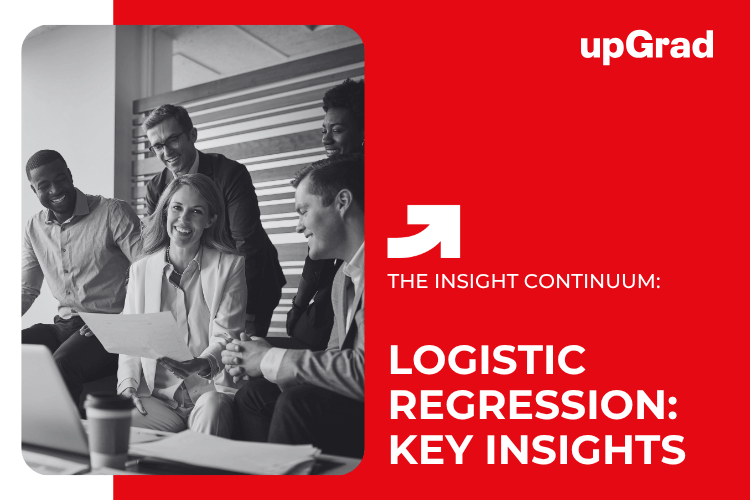Logistic regression is a popular statistical modeling technique for predicting binary outcomes based on predictor variables. This beginner’s guide provides a comprehensive overview of logistic regression, explaining key concepts from linear regression formula to model training and evaluation. With simple explanations, examples, and practice tips, it aims to help readers grasp this versatile machine-learning method.
Logistic Regression Basics
Logistic regression is a statistical linear regression formula used to predict a binary categorical dependent variable from a set of independent variables. Some key aspects:
- It models the probability of an event occurrence using the logistic function rather than linear regression
- The outcome must be discrete, such as pass/fail or yes/no
- Useful for classification tasks based on predictor variables
Key Differences from Linear Regression
While logistic and linear regression calculator methods have similarities, there are some key differences:
- Logistic regression predicts the probability of class membership, while linear regression predicts continuous outcomes
- The range of logistic regression model outputs is between 0 and 1, representing probabilities, while linear regression output is unlimited
- Logistic regression applies sigmoidal logistic functions, while linear regression uses ordinary least squares regression line methods
- Evaluation metrics also differ; logistic regression relies more on metrics like AUC-ROC, precision, recall, etc.
Understanding these core differences is essential for applying the proper technique to your machine-learning task.

Training a Logistic Regression Model
Training a performant logistic regression model relies on some best practices:
- Carefully preprocess the data, checking for missing values, outliers, etc.
- Split the dataset into train and test sets for proper evaluation
- Choose an optimization algorithm like stochastic gradient descent
- Pick hyperparameter values like learning rate, iterations, etc., via tuning
- Check for under/over-fitting and refine the model accordingly
Following these tips will help converge on coefficient values that maximize predictive accuracy.
Key Steps for Interpreting Results
Some tips for interpreting your logistic regression outcomes:
- Check the direction and magnitude of coefficient values
- Analyze the statistical significance of each predictor variable
- Assess the odds ratios to understand the relative affect strength
- Identify the most influential variables driving predictions
- Check for interaction effects between variables
Doing these analyses provides insights into the patterns learned by your model.
Conclusion
Logistic regression is a powerful tool for binary classification tasks. By understanding its key concepts, differences from linear regression, and best practices for training and interpreting models, beginners can apply this technique to their machine-learning projects. With careful data preprocessing, model tuning, and evaluation, logistic regression can provide valuable insights and accurate predictions for real-world applications.
Frequently Asked Questions
1. What are the assumptions of logistic regression?
A: Key assumptions are a linear relationship between predictors and logit function, no multicollinearity, no significant outliers, adequate sample size, and independence of errors.
2. Can logistic regression handle multiple classes?
A: No, for predicting 3 or more classes, extensions like multinomial logistic regression are more suitable.
3. What is a good accuracy for logistic regression?
A: Accuracy over 80% is considered decent, with high-performing models reaching 85-90% or more on holdout test data.
4. How do I improve low accuracy scores?
A: Techniques like adding informative variables, removing outliers, tuning hyperparameters, changing model type, balancing class distribution, etc., can help.
5. Can continuous variables be used in logistic regression?
A: Continuous variables can be included without issue after checking the linear relationship with the logit.
6. Is feature selection necessary for logistic regression?
A: Feature selection helps remove redundant/irrelevant variables, reducing overfitting and improving generalizability.








